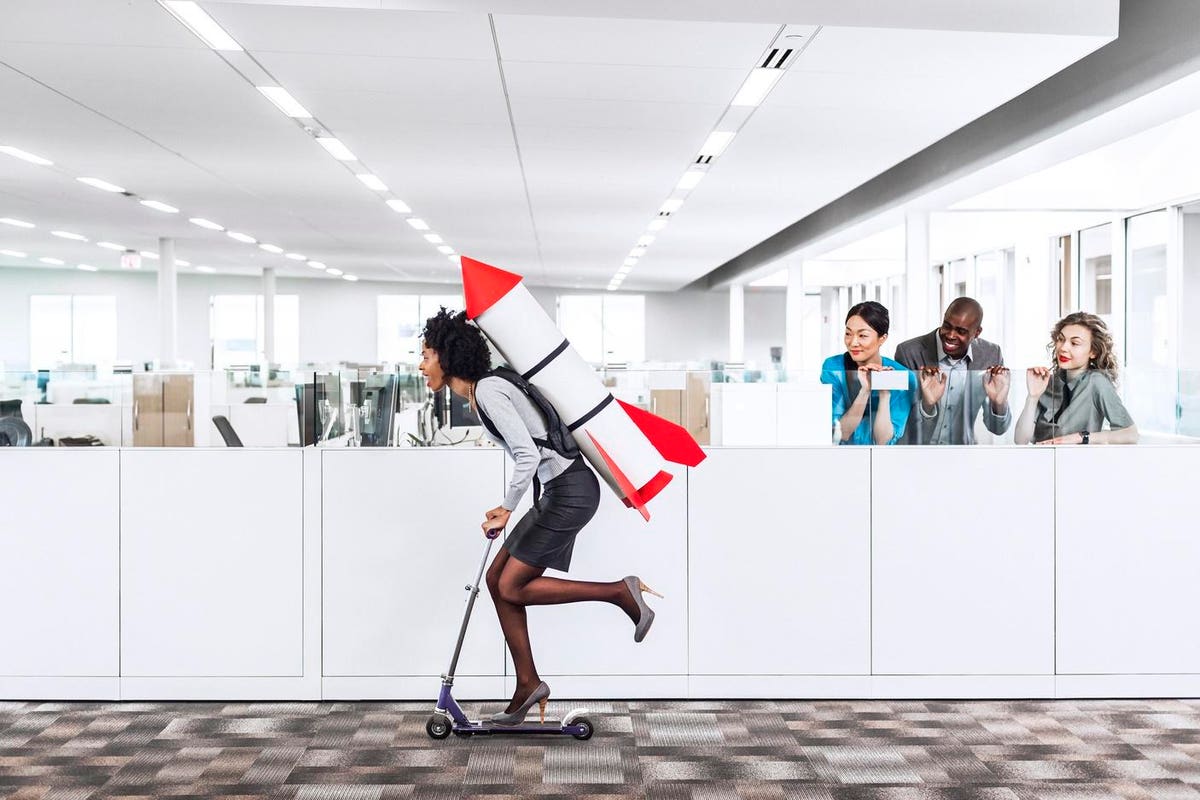Earlier this year, I wrote an article on Jay Baer’s study on the impact of speed and responsiveness on customer experience and loyalty. It’s one thing to deliver an excellent customer experience. When you combine it with speed—in delivery, follow up and return messages, short hold times and more—you elevate the experience to an even higher level. It’s a competitive differentiator that will win business and create loyalty.
As great as the study is, I am even more excited about his recent book titled The Time to Win. Here’s what caught my attention. The book is short—and not only short, it is small. The entire book is just 69 pages, and its size is a tiny 3½ by 5 inches. (For those in the metric world, that’s 3.86 by 12.7 centimeters). The publisher is Uris 10 Media, known for the “Minibuk,” as in mini-book.
I asked Baer about the size of the book, and he said, “A book on speed should be a quick read. The average reader should get through it in about 20 minutes.”
But don’t be fooled by its small size and quick read. As the old saying goes, “Good things come in small packages.” There are plenty of findings from his study along with strategies and tactics to help make your customers love you. Here are a few of the highlights.
Baer makes the point early in his book that time is an equalizer. All of us have the same amount of time. There are 1,440 minutes in a day. It doesn’t matter if you are rich, poor, employed, unemployed, a king or a pauper, we all have the same amount of time each day. You can’t buy or manufacture more.
With that in mind, people don’t want to waste time. In business, we must respect our customers’ time. Two-thirds of customers say speed is just as important as good customer service. Baer says, “Customers’ expectations for speed and responsiveness escalate every year without fail.” In other words, it’s disrespectful to your customers to unnecessarily steal any of their 1,440 minutes a day.
In 2018, I wrote The Convenience Revolution. The thesis of the book was that convenience elevates the customer experience to a higher level. The goal is to eliminate friction. That friction comes in the form of difficult, complicated or unnecessary processes, including anything that wastes a customer’s time. That could be something as simple as making the customer wait for a company to respond to a message or being on hold for an unreasonable amount of time.
Three out of five customers (62%) feel disappointed when a business responds slower than expected, and 30% feel disrespected. Baer’s research proves that speed has become a competitive differentiator.
Baer cautions that you can be too fast. He shared an example of ordering an enchilada for dinner, and the server brought it back in just 90 seconds. He wondered how an enchilada could be cooked and plated in such a short period of time. In other words, too fast is not good. The goal of speed should be to eliminate friction, not rush an experience.
Overall, The Time to Win offers the reader insights into how businesses can leverage speed and responsiveness to create an experience that fosters repeat business and customer loyalty. In addition to friendly, helpful customer service, respect your customer’s time, always respond quickly and create efficient, time-saving processes. Do it right and give your customers a reason to say, “I’ll be back!”
Read the full article here





